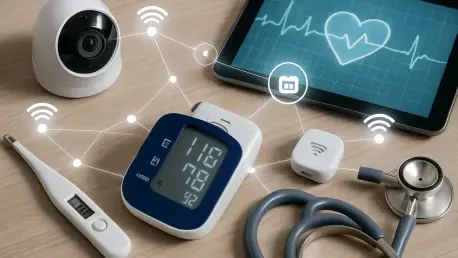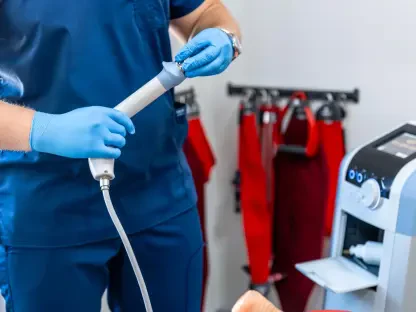I’m thrilled to sit down with James Maitland, a renowned expert in robotics and IoT applications in medicine, whose passion for integrating technology into healthcare has led to groundbreaking insights. Today, we’re diving into the recent public earnings debut of a leading digital health company specializing in chronic condition management. Our conversation explores their impressive financial growth, the strategies fueling their expansion, the impact of going public, and the innovative approaches they’re taking to transform patient care through digital solutions.
Can you give us an overview of the digital health company’s recent financial performance and what stands out to you?
Absolutely. This company reported a remarkable $61.4 million in revenue for the second quarter, surpassing Wall Street’s expectations. What’s even more striking is the 49% year-over-year growth, which signals robust demand for their services. Additionally, they’ve managed to cut their net loss in half, from $10.7 million to $5.3 million compared to last year. To me, this shows not just growth, but also a clear path toward financial stability, which is critical in the digital health space.
What do you think are the key drivers behind this kind of revenue and membership growth?
Several factors are at play here. First, there’s a noticeable trend of customers engaging with multiple chronic condition programs, which naturally boosts revenue. Then, the adoption of GLP-1 offerings—weight loss drugs that are in high demand—has significantly increased membership. On top of that, improved marketing efforts have made a big difference in attracting new members. It’s a combination of meeting market needs with innovative solutions and effectively communicating that value.
How do you see their recent move to go public influencing their role in the digital health industry?
Going public is a major milestone, especially since very few digital health companies have taken this step recently. It positions them as a leader and a beacon of hope for the sector’s IPO market, which has been sluggish. This debut not only boosts their visibility but also signals to investors that digital health is a viable space for growth. I think it could inspire other companies to follow suit, potentially revitalizing the market.
Could you share your thoughts on their approach to managing chronic conditions through digital platforms?
Their approach is quite comprehensive. They focus on conditions like diabetes, obesity, and hypertension, using digital programs that are supported by care teams. What’s impressive is how they integrate connected devices, such as blood pressure cuffs and digital scales, to empower patients with real-time data. This holistic method—combining technology with human support—creates a more personalized experience, which I believe sets them apart from competitors with narrower offerings.
With a membership increase of 52% year over year, what’s fueling such strong growth in their user base?
The growth to 752,000 members is incredible and speaks to a few key strengths. A big driver is the value customers see in having a single partner for multiple health solutions, simplifying their experience. Also, the fact that 31% of clients now use multiple products—up from 26% last year—shows that once people join, they’re finding additional programs that meet their needs. It’s about trust and convenience, which are huge in healthcare.
How do you see the integration of GLP-1 offerings shaping their future growth and member engagement?
GLP-1 offerings, which focus on weight loss, are a game-changer. While they’re not the majority of new memberships, they’re a significant draw, especially with support programs that help patients manage side effects and maintain results. What’s fascinating is how this acts as a gateway—members joining for GLP-1 often explore other cardiometabolic offerings. It’s also a smart move for employers who can’t cover these costly drugs but can still offer support through this platform. It’s a win-win.
What is your forecast for the future of digital health companies leveraging technology for chronic condition management?
I’m very optimistic. As technology like IoT and robotics continues to evolve, we’ll see even more personalized and proactive care solutions. Companies that can integrate these tools effectively, while maintaining a human touch through care teams, will lead the way. I believe we’re just scratching the surface of what’s possible—think smarter devices, better data analytics, and even AI-driven interventions. The demand for accessible, scalable chronic condition management will only grow, and companies like this are well-positioned to meet that need.









